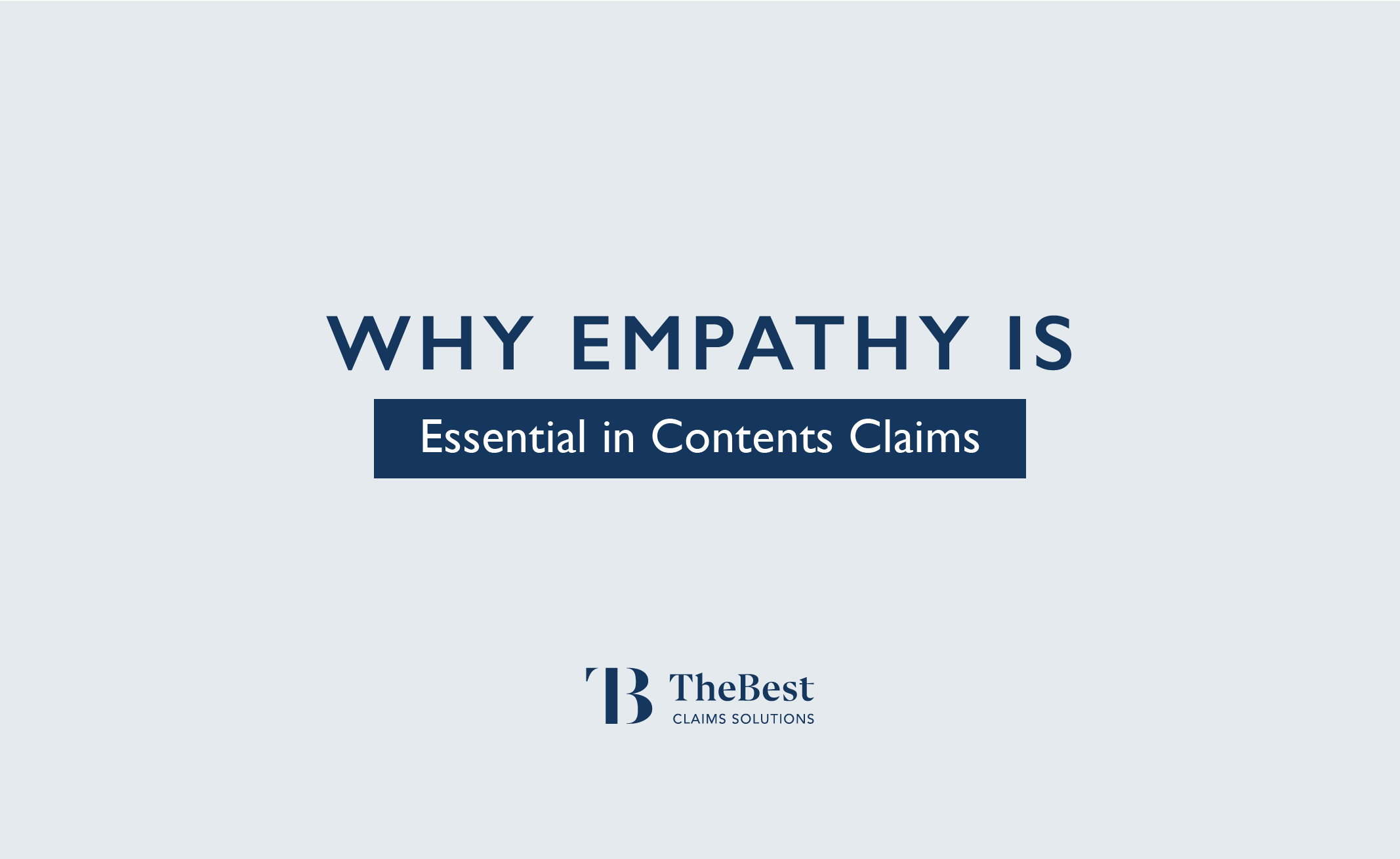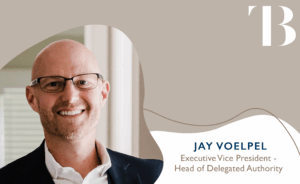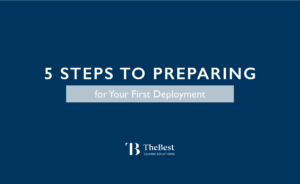Guest post by Barri Spaulding, Assistant Vice President of Contents Creation
I recently found myself reflecting on the countless stories I’ve encountered through my work—stories of homeowners and business owners, of heartbreak and resilience, of devastation and unexpected beauty. Some moments break your heart, like the daughter who had to make the impossible choice of which parent to save during a house fire. And then there are the surreal ones, like the time I stepped into a home overtaken by nature, mushrooms, moss, and wildflowers growing across walls and floors, turning the interior into something straight out of a fairytale.
I remember a winter loss where a burst pipe turned the home into a frozen cavern, with a waterfall of ice cascading from the ceiling and inventory work carried out in what felt like a glacial world. And, of course, the pets. Some lost, some miraculously found, and the people, each with a unique life story, who opened up and shared pieces of themselves with me.
I didn’t exactly choose this industry. Like many of us, I kind of stumbled into it. What started as a side role quickly turned into something much bigger. One connection led to another, and before I knew it, many years ago, I was all in.
I’m now serving as AVP of Contents Creation, leading incredible teams who do more than just assess loss; they help people rebuild their lives. In order to be grounded in helping others rebuild their lives, there is an essential level of human relatability. In the aftermath of a fire, flood, or break-in, policyholders aren’t just navigating financial loss. They’re often facing one of the hardest days of their lives. And how we show up in those moments matters deeply.
In the aftermath of a fire, flood, or break-in, policyholders aren’t just navigating financial loss. They’re often facing one of the hardest days of their lives. And how we show up in those moments matters deeply.
Contents claims are personal. We’re not just talking “stuff”, we’re talking about wedding china, childhood art projects, the tools of someone’s trade. That’s why we’ve doubled down on two things:
- Training our teams to listen first, document second
- Deploying people, not just tech, so policyholders feel truly seen and supported
Yes, we care about speed and accuracy. Carriers need data they can trust. However, we’ve learned something powerful: empathy doesn’t slow us down; it builds trust and gets everyone to a resolution faster.
This work aligned with everything I value. My “why” is built on the people I’ve had the privilege to serve. Every story, every claim, every name—they’re the foundation of what drives me every day.
Empathy is efficiency. And that’s the lens I bring to every part of this role.
Through many experiences out in the field that contribute to my strong sense of empathy, I have found this quality has contributed to success in managing claims, and our approach to be of service to others in what we do.
My “why” is built on the people I’ve had the privilege to serve.
The task on the surface may seem administrative (creating lists, noting damage), but in truth, it is deeply human. Behind every item is a memory, a life chapter, a part of someone’s story. This is precisely where empathy becomes essential.
One experience that has stuck with me involved a mother who had suffered two unimaginable losses within a short span of time. Nine months before a fire destroyed her home, she lost her five-year-old son. Subsequently, when a firecracker cannon struck her house, it triggered a blaze that left everything contaminated, blackened by soot, smoke, and suppression chemicals. Four months after the fire, my supervisor asked me to conduct an on-site inventory.
When I arrived, I learned that she hadn’t moved a single item in her son’s room since his passing. His toys, books, and even his little bed remained untouched, preserved in place like a time capsule of grief. The home was scheduled for demolition after our inventory was complete, and the adjuster had asked, if possible, for assistance in disposing of the contents upon inventory to expedite the demolition.
As I stood in that room with her, it became instantly clear; this wasn’t just about listing damaged property. This was about honoring the most sacred space in her world. Every item we touched was soaked in memory—the last book they read together, the toys he once played with, the clothes he’d never wear again. She wasn’t just saying goodbye to things; she was reliving and mourning the deepest loss of her life all over again.
Every item we touched was soaked in memory—the last book they read together, the toys he once played with, the clothes he’d never wear again.
Empathy guided every step we took that day. Together, we carefully wrapped each item. We carried out his bed, piece by piece, as though it were made of glass. She paused with each toy, each object, each moment of her son’s life, remembering, grieving, letting go. There were no shortcuts, no rush. I gave her time because time was something she hadn’t been given when she lost him.
And although it was heartbreaking, it was also healing. She was adamant about being part of the process, even when it meant watching her son’s belongings go into a dumpster. I didn’t stop her. I walked with her through it. We processed that day together.
Empathy in this work isn’t optional; it’s critical. It’s what allows me to do more than just complete a task. It’s what allows me to stand with someone in their pain, to see the world from where they’re standing, and to handle not just their property, but their memories, with care.
In the face of disaster, people remember how you made them feel. And when you’re dealing with loss, that feeling of being seen, heard, and honored can mean everything.




